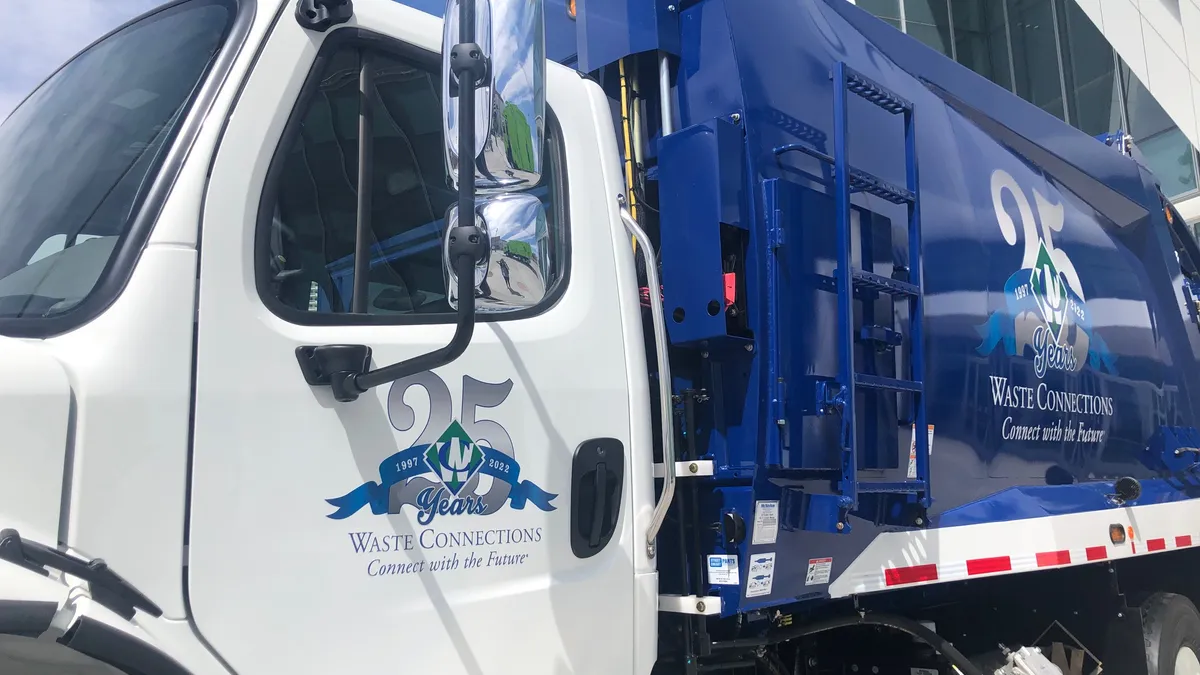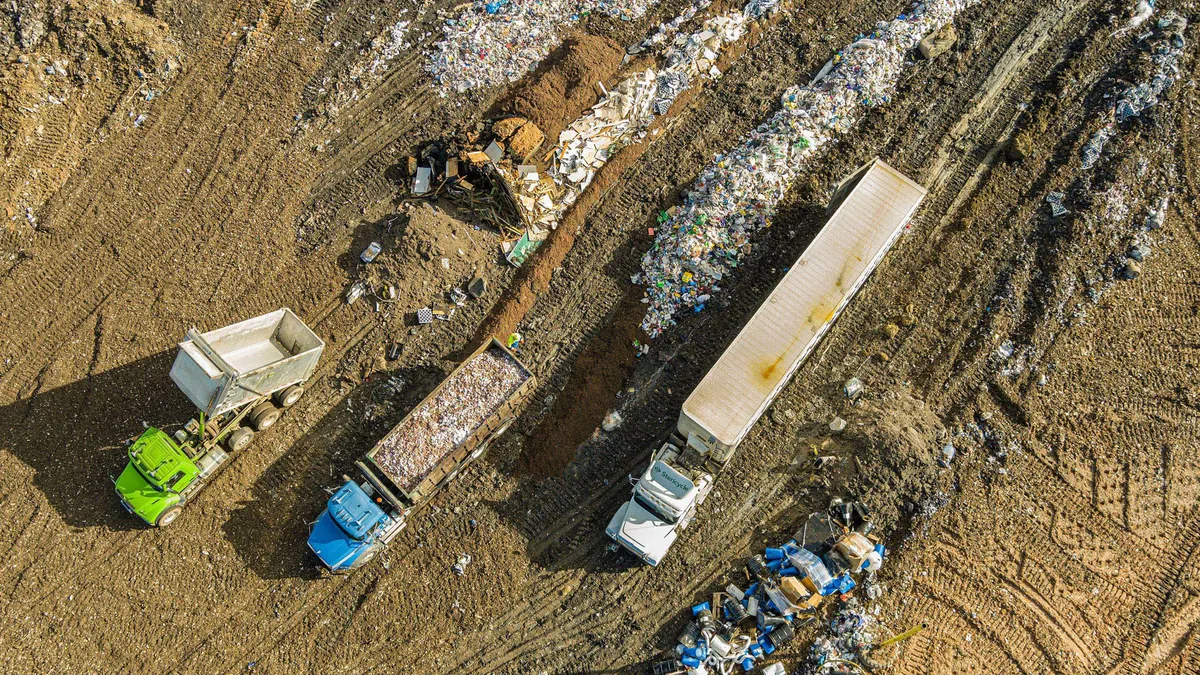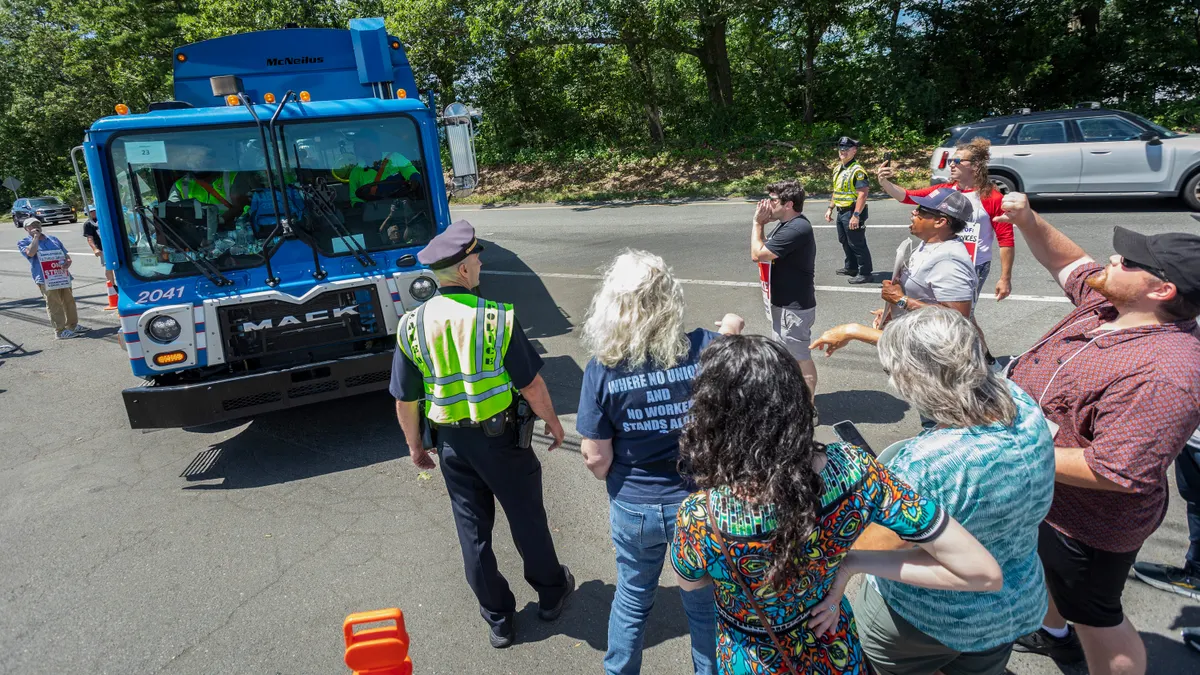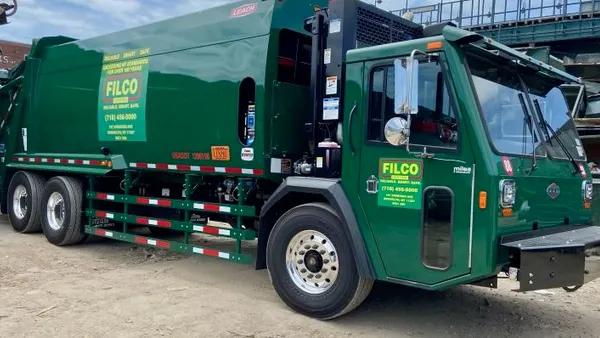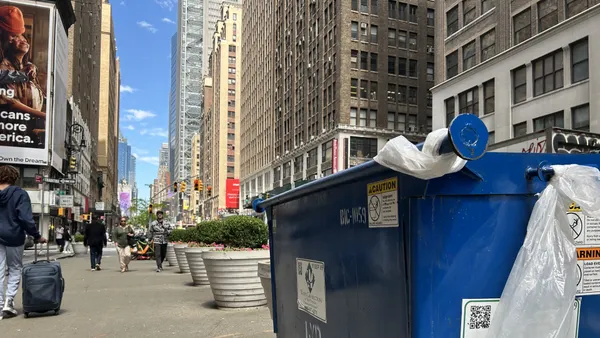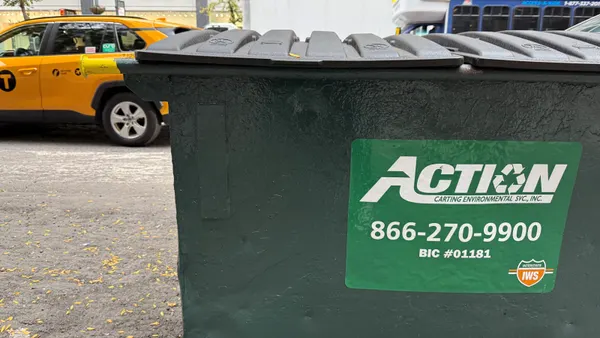- Financial picture: CEO Ron Mittelstaedt noted that Q2 results were above the company’s stated outlook, specifically quarterly revenue and earnings before interest, taxes, depreciation and amortization. That’s “despite headwinds from lower-than-expected contributions from higher margin, commodity-related activities and continued sluggishness in the economy, along with tariff-induced uncertainties,” he said.
- Full-year outlook confirmation: Still, Waste Connections confirmed its full-year outlook of $9.45 billion in revenue and $3.12 billion in adjusted EBITDA. Analysts noted such confirmation was on the lower end of the range that Waste Connections previewed during its Q1 earnings call in February. Mittelstaedt estimated 33% adjusted EBITDA margin expansion and 6% revenue growth for the rest of the year. “In a more normalized environment, our strong first-half performance and operating trends would have prompted us to raise our full-year guidance,” he said.
- Acquisition activity: The company has already had an “outsized” year of acquisition activity, Mittelstaedt said, with deals representing about $200 million in annualized revenue. Waste Connections expects to close another $100 million to $200 million in acquisitions later this year, or by early 2026. “The strength of our financial profile and free cash flow generation keeps us well-positioned for additional acquisitions,” he said.
- Volume: Solid waste volume was down 2.6% in the quarter, partly due to ongoing shedding of contracts the company considers to be underperforming. Roll-off volume was down 1%, but landfill tons were up 1%, MSW tons were up 3% and special waste was up 7%, said CFO Mary Anne Whitney. C&D tons were down 9%, “indicative of limited construction activity,” she said.
- Upcoming tariff impacts: The company is considering accelerating some fleet purchases in 2025. That’s due in part to possible tariff impacts in 2026 that could add about 2% to 3% onto the purchase price for elements such as truck bodies and chassis. With other rising costs related to the fleet, such purchases could cost a total of4% to 5% more next year, Mittelstaedt said.
- EPA presence at Chiquita Canyon: Waste Connections continues to manage an ongoing “elevated temperature landfill” event causing odor issues at the Chiquita Canyon landfill in California, Mittelstaedt said. That landfill closed in January. Representatives from the U.S. EPA’s Region 9 are taking a more active role in coordinating regulatory oversight there, which Mittelstaedt said is “good news” because it will help to streamline more than a dozen state agencies that all request or require different things from the company. “We expect the results will be a more effective and efficient process and ultimately less costly,” he said.
- Recycled commodities and RINS: Lower-than-expected commodity values contributed to headwinds for Q2, Whitney said. “Values for recycled commodities were already down year over year coming into the quarter,” she said, and they declined another 10% to 15% during Q2. Renewable energy credits for RINs also declined, about 15% in the quarter, she said.
- Future commodity values: Waste Connections estimates it could fetch about $85 to $90 per ton for OCC for the rest of the year, compared to the $105 to $110 per ton range the company estimated back in February.
- Employee retention and safety: Waste Connections continues to improve employee retention and safety rates, Mittelstaedt said. Total turnover is now below 22% annually and voluntary turnover is less than 11%. Meanwhile, safety incident rates were down 15% year over year. These trends are expected to translate to margin expansions of 70 basis points, he said.

Waste Connections reports positive earnings for Q2 amid economic headwinds
Waste Connections reported higher-than-expected revenues for Q2, but economic uncertainty prompted the company to stick with its original full-year guidance instead of raising expectations.
